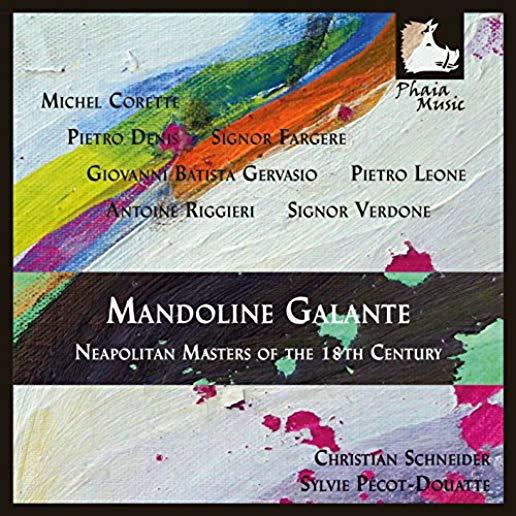
Bailey, Kenneth E.
product information
description
7This volume is a combined edition of Poet and Peasant and Through Peasant Eyes, Kenneth Bailey's intensive studies of the parables in the gospel of Luke. Bailey begins by surveying the development of allegorical, historical-eschatological, aesthetic, and existential methods of interpretation. Though figures like Julicher, Jeremias, Dodd, Jones, and Via have made important advances, Bailey sees the need to go beyond them by combining an examination of the poetic structures of the parables with a better understanding of the Oriental culture that informs the text. Bailey's work within Middle Eastern peasant culture over the last twenty years has helped him in his attempt to determine the cultural assumptions that the teller of the parables must have made about his audience. The same values which underlay the impact of the parables in Christ's time, Bailey suggests, can be discovered today in isolated peasant communities in Egypt, Lebanon, Syria, and Iraq. Because time has made almost no impact in these cultural pockets, it is possible to discern, for example, what it meant 2,000 years ago for a friend to come calling at midnight, or for a son to ask for his inheritance prior to his father's death. In addition to illuminating the cultural framework of the parables, Bailey offers an analysis of their literary structure, treating the parabolic section as a whole as well as its individual components. Through its combination of literary and cultural analyses, Bailey's study makes a number of profound advances in parabolic interpretation.
member goods
No member items were found under this heading.
listens & views

MANDOLINE GALANTE-NEAPOLITAN MASTERS OF THE ...
by VERDONE / SCHNEIDER / PECOT-DOUATTE
COMPACT DISC$19.25
Return Policy
All sales are final
Shipping
No special shipping considerations available.
Shipping fees determined at checkout.






